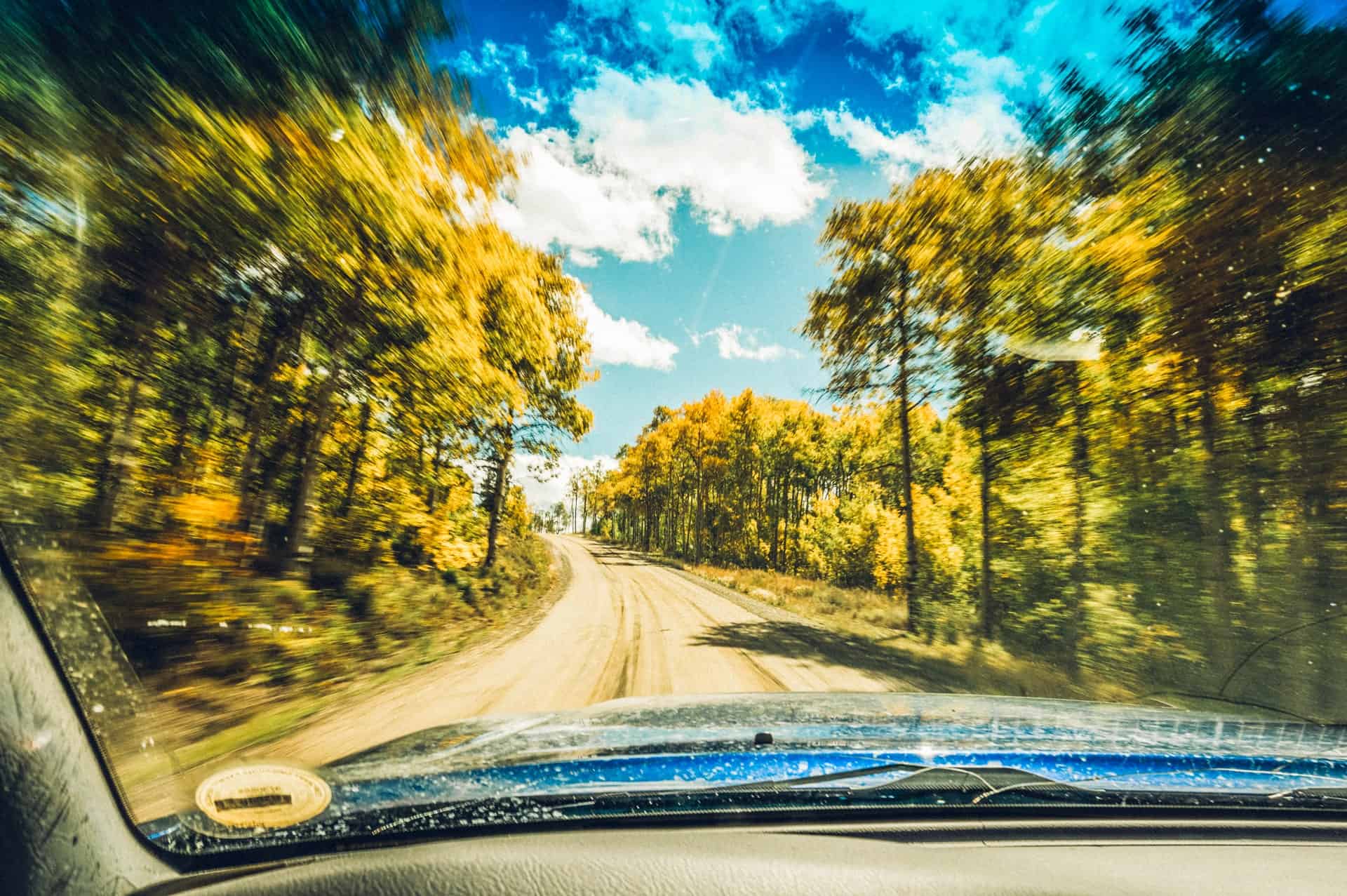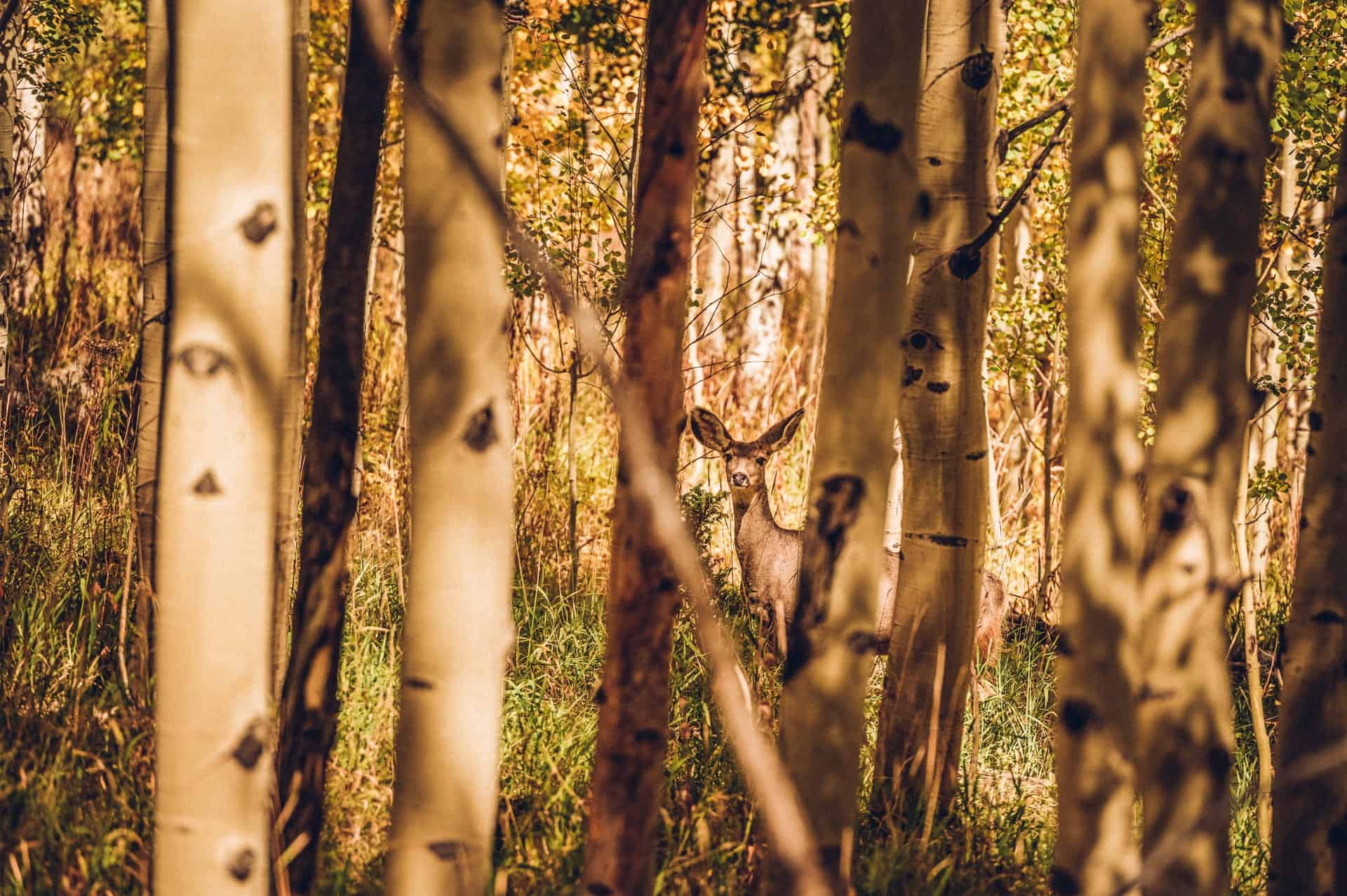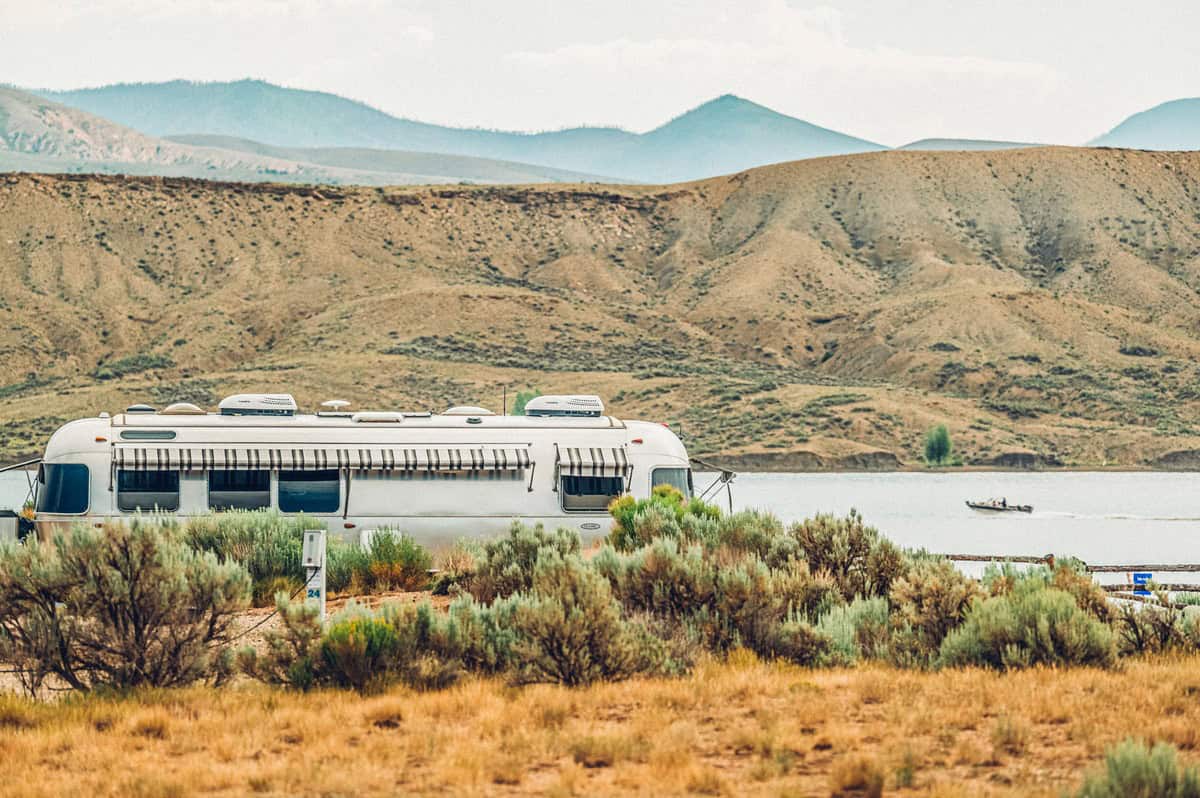Rabbit Ears Pass

Rabbit Ears Pass is one of Colorado's most scenic and serene mountain drives, cruising along U.S. Hwy. 40. This route crosses the Continental Divide and winds through Medicine Bow-Routt National Forest to breathtaking views of vast valleys, alpine meadows and rugged rock formations. It’s named for the twin rock spires that resemble rabbit ears, which stand sentinel at the top of the corridor. Known for its year-round accessibility, Rabbit Ears Pass is the most popular route to take when heading into Grand County from the west.
Elevation: 9,426 ft (2,873 m)
Length: ~19 mi (30 km)
Know Before You Go: In snowy weather, Rabbit Ears Pass can be difficult to traverse for some drivers. This is due to steep grades on both sides of the pass and quite a few switchbacks. Check conditions before embarking from mid-September to May and ensure your vehicle is equipped with four-wheel drive, snow tires and/or chains.
Visit Rabbit Ears Pass
Started in 1911 and completed in 1915 during Colorado's mining boom, Rabbit Ears Pass served as a vital route for wagons transporting goods and people through the Rockies. Today, it remains a key passage for those venturing eastward into Grand County or westward toward the national forest and Steamboat Springs. But the route is not just practical, it’s also stunning, leading travelers through aspen-filled forests, past glacial lakes and toward the many recreational opportunities in the region.
After descending from the summit, you’ll find yourself facing soaring peaks in the heart of Kremmling’s natural beauty. The road serves as a gateway to adventures in Rocky Mountain National Park, world-renowned ski resorts, natural hot springs and more.

Things to Do on Rabbit Ears Pass
Rabbit Ears Pass is more than just a route — it's a destination in itself. Along the way, take a moment to explore dramatic overlooks into sweeping valleys and meandering footpaths perfect for a quiet afternoon in nature.
Hiking
Rabbit Ears Pass has access to an array of stunning hiking trails. One of the most popular routes is the 5.5-mile Rabbit Ears Peak Trail, which leads to the iconic rock formations at the summit. This moderately challenging trek takes you through alpine landscapes, where you’ll spot wildflowers in the summer and snow-dusted trees in the winter. Experienced hikers can access Segment 73 of the Continental Divide Trail from the pass, allowing for longer, more challenging backcountry adventures that include camping in the wilderness.
Snowmobiling and Cross-Country Skiing
In the colder months, the pass transforms into a powder-covered playground for winter-sports enthusiasts. Snowmobilers flock to the area for its well-groomed paths and wide-open spaces. If you prefer to glide along more quietly, cross-country skiers and snowshoers will find peaceful trails cutting through thick, pine-scented forests and across frozen meadows.
Wildlife Watching
Keep your eyes peeled as you drive or stroll through Rabbit Ears Pass. Deer, elk and moose often wander the quaking-aspen stands, and you might even catch a glimpse of a bald eagle or red-tailed hawk soaring overhead. The area’s high-altitude lakes attract migratory birds during the warmer months, making it a great stop for birders to pull out their binoculars and explore. Remember, always maintain your distance from wildlife and follow the rule of thumb: If you can cover the animal with your thumb with your arm extended, you’re at a safe distance.

Safety and Preparation
Rabbit Ears Pass is well maintained and accessible throughout the year, but conditions can change quickly, especially in winter. Always check the weather and roads before setting out and be prepared with appropriate gear if you plan to explore the backcountry. Though the corridor has fewer steep switchbacks than other mountain roads, it’s still a high-altitude drive that demands caution.
For up-to-date road conditions, check out the Colorado Department of Transportation site.
Frequently Asked Questions
Can I camp overnight on Rabbit Ears Pass?
Yes, dispersed camping is allowed in Medicine Bow-Routt National Forest, which surrounds the pass. There’s also great camping in the nearby town of Kremmling at Wolford Campground and Red Mountain RV Park. Be sure to camp in designated areas and follow Leave No Trace principles.

Are there any rules or permits required for snowmobiling on Rabbit Ears Pass?
Snowmobiling is permitted on Rabbit Ears Pass without a specific permit, but all machines must be registered in Colorado. Certain areas may have restrictions, so check local regulations before heading out. Get in touch with a snowmobiling outfitter like Colorado Sled Rentals in Kremmling to plan a guided trip to all the best spots or rent a vehicle.
What’s the best time of year to visit Rabbit Ears Pass?
Rabbit Ears Pass offers year-round activities. Summer is great for hiking and scenic drives, while winter attracts snowmobilers and cross-country skiers. Fall showcases vibrant aspen groves, making it a stunning time for photography and drives.
Can I fish in the lakes around Rabbit Ears Pass?
Yes, some high-altitude lakes, like Muddy Pass Lake, around Rabbit Ears Pass are popular for fishing. Ensure you have a valid Colorado fishing license and be aware of local fishing regulations. Visit or call the Kremmling Field Office to get up-to-date answers to all your questions.
Maps & Guides
Find your way around Grand County towns.
Request Info
Sign up to receive our monthly newsletter. Learn about updates, trip planning ideas, specials and events in Grand County, Colorado.
Start Planning
Find your dream hotel, camping spot or lodge and start planning outdoor excursions, dining and must-see stops for your Grand County itinerary.
Get Inspired
Whether you’re seeking an adventure, a relaxing retreat or some family fun, we have all the inspiration you need to plan your trip to Grand County.
